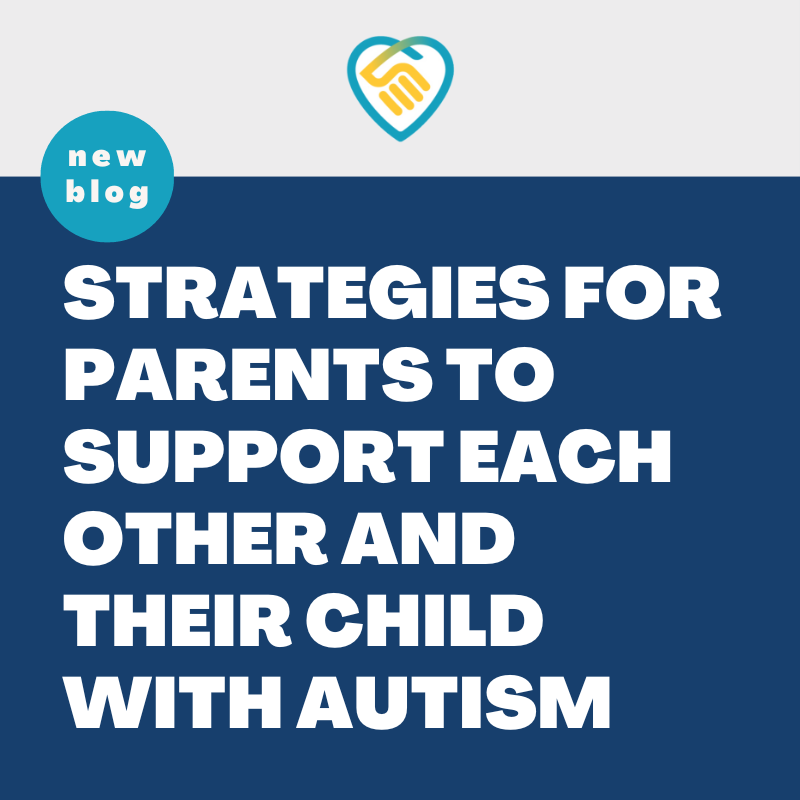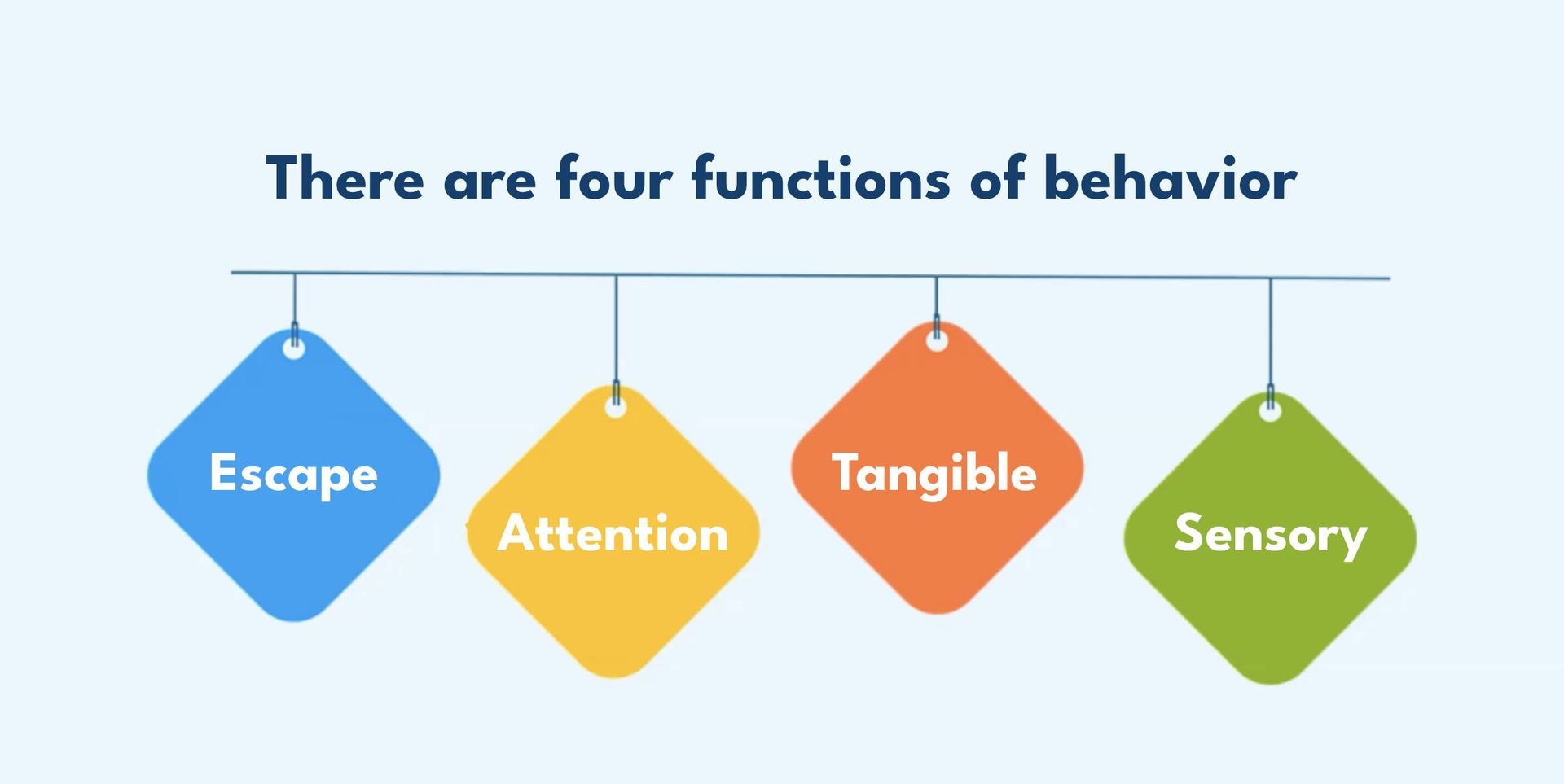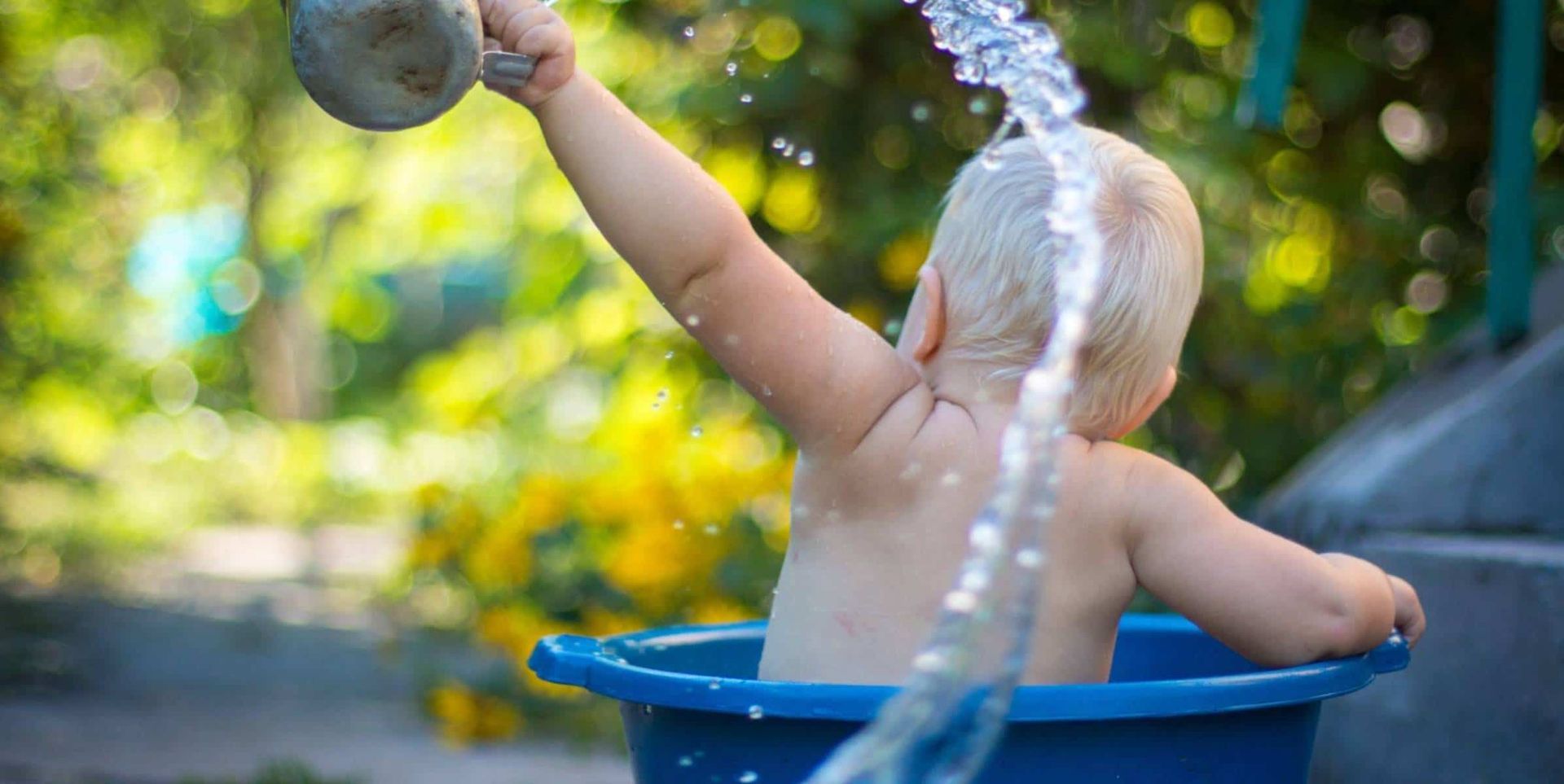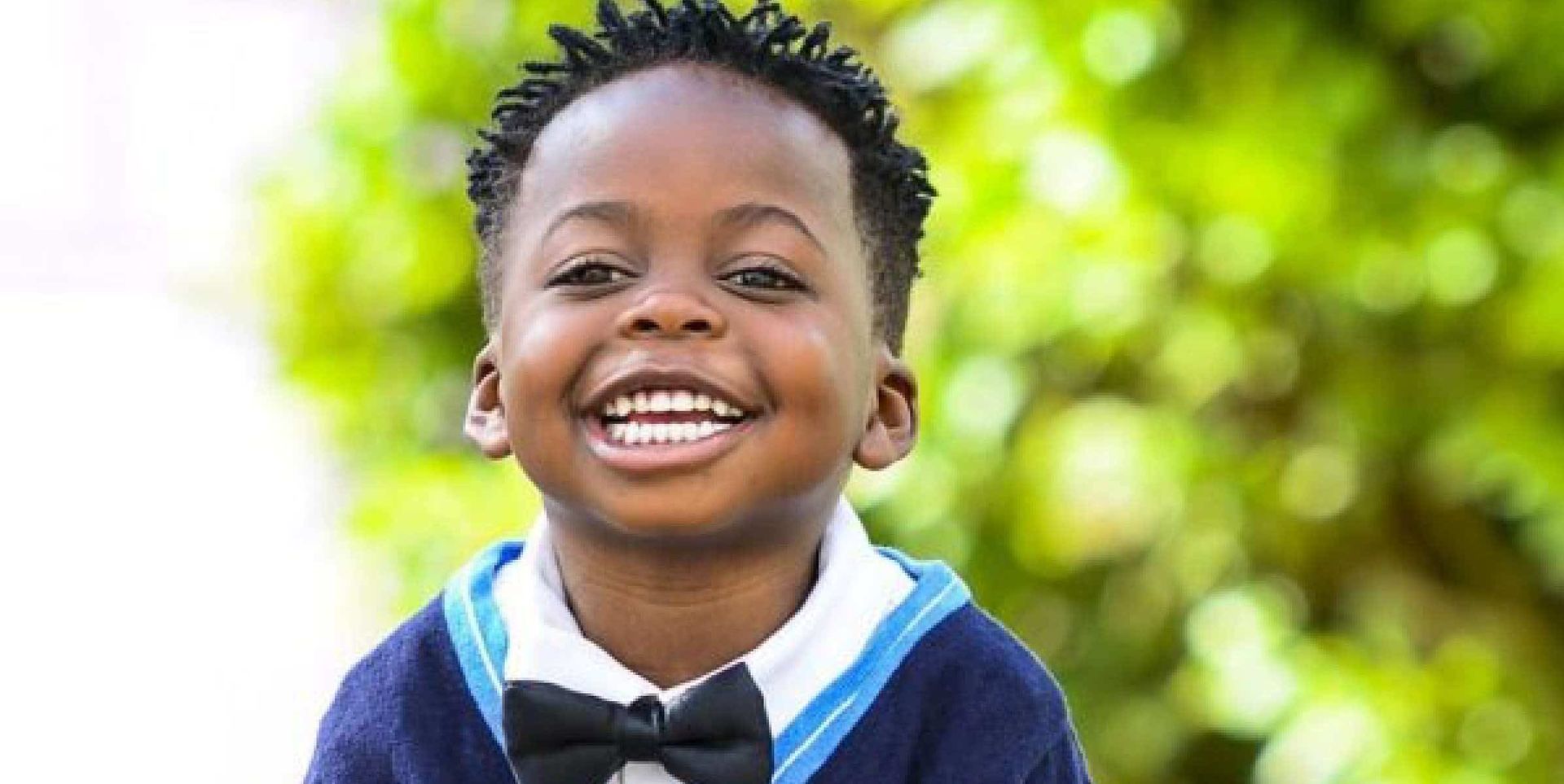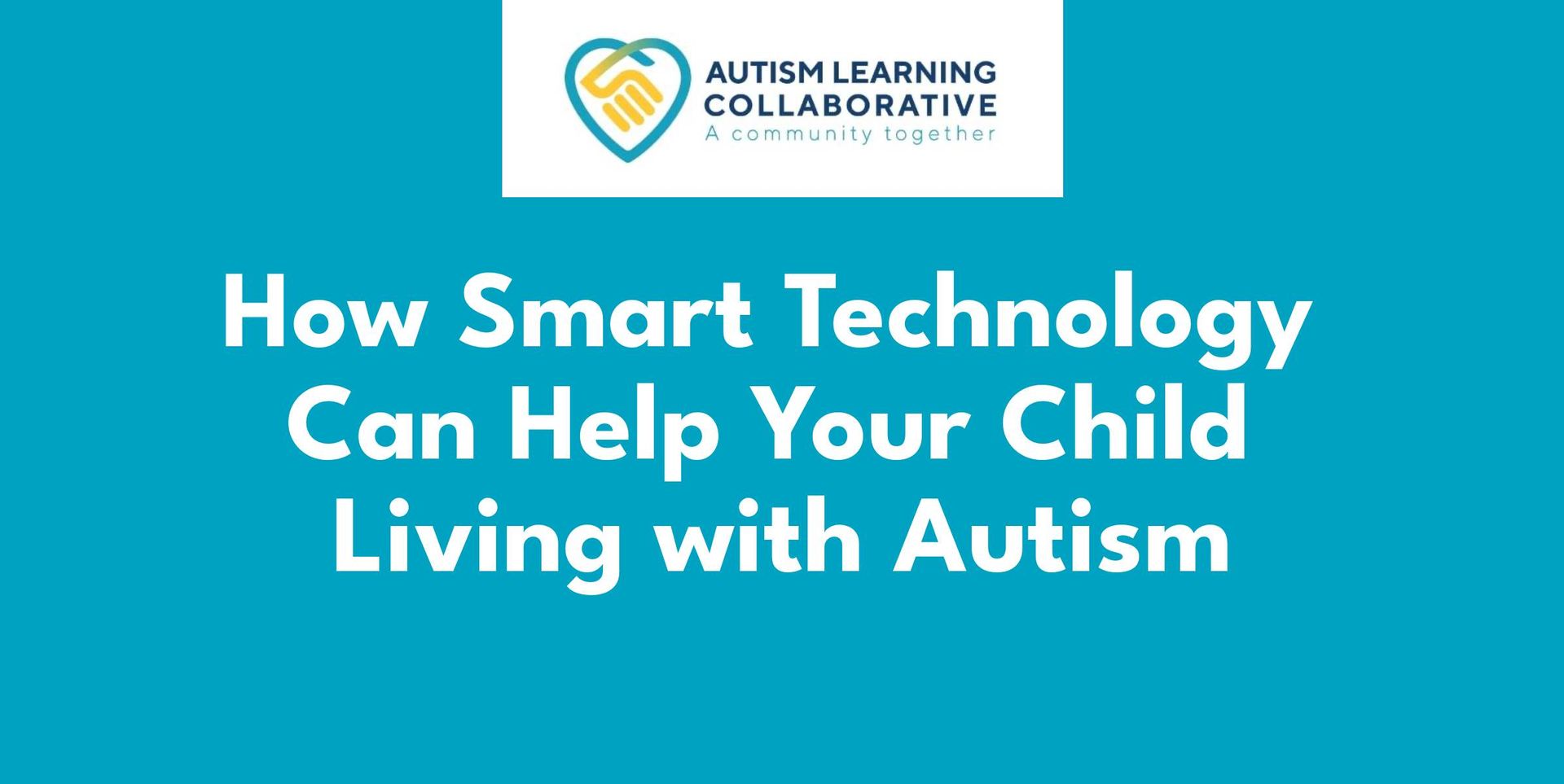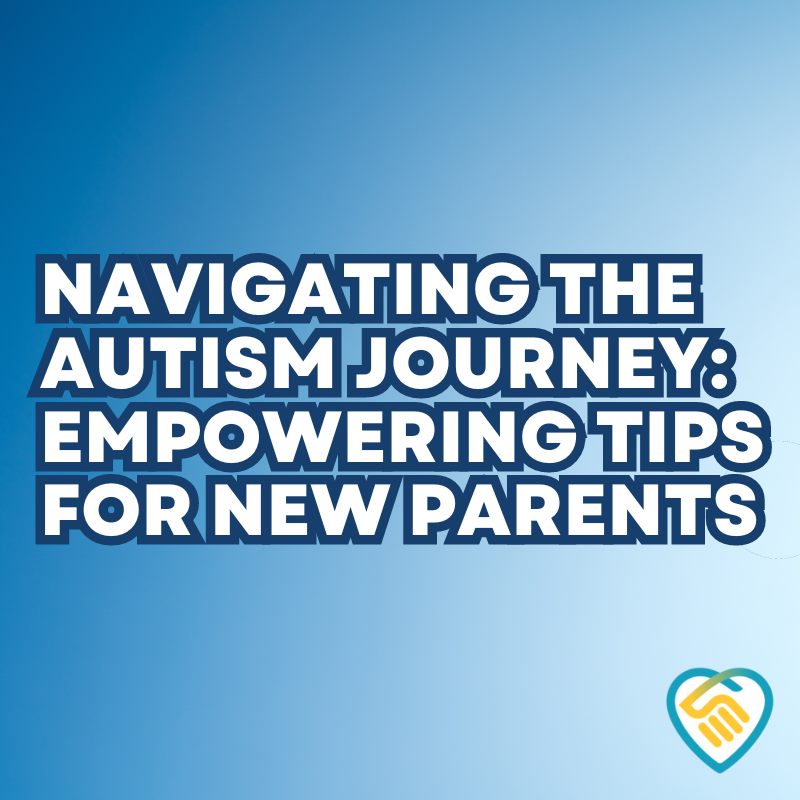Welcome to St. Louis, where the walls speak and the city is an open-air gallery of vibrant murals. If you're looking to explore the rich tapestry of culture, history, and creativity that St. Louis offers, this guide to the city's most iconic murals is your perfect starting point.
The Colorful Crossroads of Cherokee Street
Cherokee Street is known for its eclectic vibe and dynamic art scene. As you walk down this bustling avenue, you're greeted by murals that tell stories of the community and its diverse heritage. Don't miss the Cherokee Street Mural located at the intersection of Cherokee and Texas avenues, which bursts with color and life, representing the spirit of local businesses and the neighborhood's cultural fusion.
The Grove's Growing Gallery
The Grove neighborhood is transforming into one of St. Louis's premier destinations for street art. The vibrant Manchester Strip features walls adorned with everything from abstract patterns to realistic portraits. Be sure to check out the Equality Mural on Manchester Avenue, a powerful piece celebrating diversity and unity.
Grandeur on Grand Boulevard
Stroll along Grand Boulevard and discover large-scale murals that add a splash of grandiosity to the cityscape. The Grand Arts Mural is a must-see, showcasing St. Louis's rich musical and performance history with a nod to its bright future in the arts.
Locust Street's Lively Canvases
Locust Street is home to an array of murals that capture the innovative and progressive spirit of St. Louis. The Innovation Mural, located in the heart of the business district, is a tribute to the city's growing tech scene, featuring pixelated patterns and digital motifs.
Washington Avenue's Walk of Fame
Along Washington Avenue, you'll find the St. Louis Walk of Fame Mural. This striking piece immortalizes famous St. Louisans who've made significant contributions to the world. Each figure in the mural is an invitation to explore the city's rich history and the legacies of its influential residents.
Tips for Your Mural Tour:
Comfortable Footwear: You'll be walking quite a bit, so wear comfortable shoes.
Camera Ready: Have your camera or smartphone charged and ready for photos.
Local Eats: Many murals are near local eateries, perfect for a quick bite.
Weather Prep: Check the weather forecast and dress accordingly; a lot of mural viewing is outdoors.
Guided Tours: Look for guided mural tours that may be available to provide in-depth about the artwork and artists.
Community Engagement: Engage with the local community—many murals are created with deep neighborhood ties, and the residents can offer unique insights into the art.
Map It Out
Before you head out, consider plotting your mural visit on a map. St. Louis has its murals spread out across various neighborhoods, and having a planned route can help you make the most of your day. You can create a personalized mural trail that suits your interests, whether it’s in one neighborhood or across several.
St. Louis’s murals are more than just art; they are conversations set in color, dialogues expressed in brush strokes, and emotions captured on concrete. They tell the story of a city that’s constantly evolving, remembering its past while painting its future. So, grab your walking shoes and your sense of wonder, and step into the painted streets of St. Louis. Happy mural hunting!

